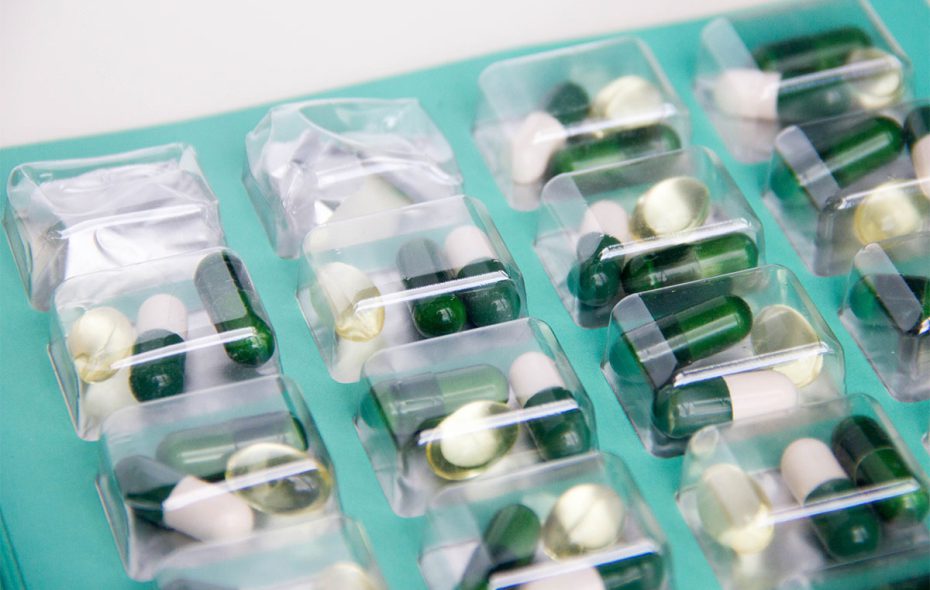
In May 2016, the publication of Lord Jim O’Neill’s global Review on Antimicrobial Resistance (AMR) was the culmination of two years’ work. The report was published to a wave of media coverage and some very daunting figures. According to O’Neill, antimicrobial-resistant bacteria could kill 10 million people a year by 2050, at a total cumulative cost of $100 trillion. And just in the time taken to develop the report, around a million people died.
The report is structured around nine key interventions that could help to tackle AMR:
Improving the prescription and management of antibiotics is crucial. But at the same time, new drug development is a broadly commercial activity. The costly late stage clinical trials necessary for drug approval are nearly always undertaken by pharmaceutical companies. The return for their investment risk in trials that often fail is the income from drug sales and antibiotics present a unique challenge. One of the key drivers for antibiotic therapy is to reduce their use to manage the risk of resistance. That is the inverse of the normal economic expectation to increase product use.
The Guardian highlighted part of the challenge when it noted the concept of ‘pay or play’ (an antibiotic investment charge to pharmaceutical companies who do not invest in research for AMR) and the concept of no antibiotic prescriptions without a diagnostic test as the two most important approaches. These are sticks. A carrot may also be required in the form of innovative prescription reimbursement that breaks the link between number of units used and income. Bloomberg reported Virginia Acha, director of research at the Association of the British Pharmaceutical Industry (ABPI), as saying: “The suggestions that pharmaceutical companies should shoulder the financial burden for global AMR -- and must therefore ‘pay or play’ -- fails to recognize the need for a collaborative response. Putting the onus on any one group will not solve the problem."
The long time lines of drug development allow time to reinvent the model and despite the historically low levels of development in this area there are increasing numbers of companies developing antibiotics, vaccines, non-antibiotic alternatives and diagnostics to prevent and combat AMR. Procarta Biosystems, a company supported by the UK Innovation & Science Seed Fund and Iceni Seedcorn Fund and under the management of Dr. Lloyd Czaplewski, contributor to the O’Neil report, is developing its fast response ‘Snare’ technology based on DNA decoy.
The next step is to ensure that the momentum created by the report continues, even in the changing political times seen currently in UK, and funding and commitments promised by governments and companies must be carried through.